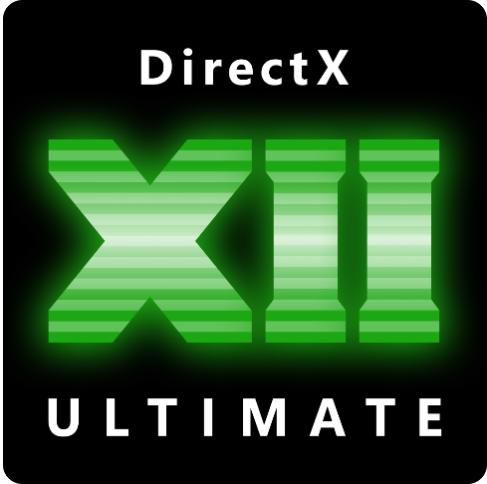I think I’m going to disagree with you, but at the same time say that you raised some great points. Though I think they are apples to orange comparisons here.
If we look at the PC space specifically they are designed to operate entirely without a GPU, whereas consoles must have a GPU. The inclusion of HUMA and shared memory generates a scenario on console that could never occur on PC, quite simply I/O to memory is as direct as it gets. You run into a particular challenge with this setup if you perform decompression on the APU, in particular your bandwidth contention goes up, negating the ability to keep graphics performance up while streaming and decompressing at the same time. They needed a solution here because compute alone wouldn’t be able to solve this issue, whether they decompressed on the CPU side or GPU side, there just wouldn’t be enough bandwidth to keep streaming data into the memory and decompress and store it while running game code and rendering. But simultaneously this is where we are headed to continue to bolster graphical fidelity, we need significantly higher I/O if we want diverse worlds and setups while maintaining high texture, geometry and lighting fidelity. And because there is a HUMA setup, a dedicated ASIC to decompress the data on the way to RAM is both an elegant and simple solution at least from an architecture perspective.
Combined with increasing video game file sizes to improve fidelity, the need for compression is further exacerbated by the lack of available hard drive space, the PS5 comes with only 50% more capacity than PS4 did. Series X doubled it, but game sizes have nearly tripled since last gen. Without compression there would be no way players would be able to fit more than a handful of games on their consoles without expansion.
In the console space, I see this as a solution to a very large problem. It’s elegant, cheap and it works. I don’t see this as spending more money to change the industry however, the price of consoles still need to be kept down and they are still quite cheap comparatively.
On the PC space, there will always be split pools, and NVME drives continue to drop in price while increase in drive speed and capacity. As long as bandwidth continues to outpace the decompression units on console, you technically don’t need to compress, though, it’s just significantly more efficient to (for the very same reasons). Direct Storage needs to accomplish 2 things in particular that would generate significant I/O speed ups in the PC space, firstly if they can bring I/O directly to the GPU ALU to decompress bypassing copying to memory first; opposed IO to memory to ALU and and then writing the results back to VRAM; there would be real savings going straight to ALU, and secondly, to just bypass the CPU memory entirely. If the future of Direct Storage can accomplish this, then I don’t see any reason for there to be a dedicated chip to decompress. Quite simply, over time that chip will become a bottleneck as there is more than sufficient ALU available on PC graphics cards see 20-40TFs. PC gamers will continue to push the envelope further in terms of graphical settings well beyond what consoles are capable of including IO. It's just taking a long time to happen here on PC because there still has yet to be a reason for us to get an nvme drive. People want information on how it's going to work, commitments that they aren't buying hardware that won't be used etc. All terrible things that console gamers don't need to worry about.


